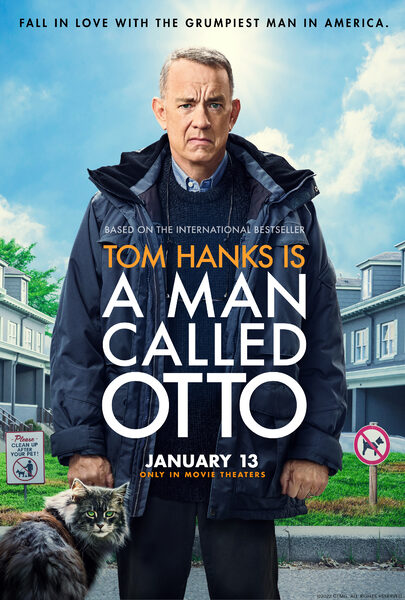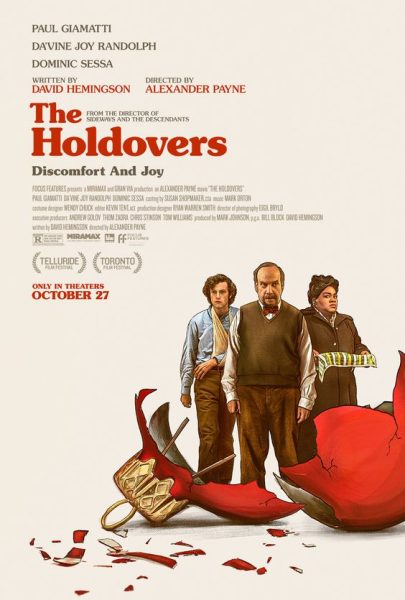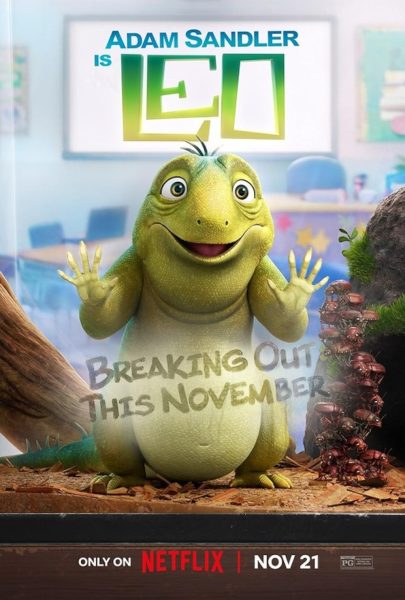A Man Called Otto made me wish I had brought tissues

When I went to see A Man Called Otto, I didn’t expect to cry.
Mostly because my grandparents tricked my mother and me by telling us it was a comedy; although now—two ruined sleeves and one headache later—I can certainly confirm that it was most definitely not.
But before continuing to read this review, I want to put a warning here since the film does contain and depict vividly sensitive and disturbing subjects such as attempted suicide, miscarriage, and death. I recommend not watching this movie if you feel uncomfortable discussing or watching movies containing any of the above contents.
The movie was originally based on a book called A Man Called Ove by Fredrick Backman which was a book following an old Swedish man in modern-day Sweden. However, the movie director changed the title and setting of the movie to a more American style to further connect with the American audience.
The audience follows our protagonist, Otto Anderson: a sore and grumpy old man who lives alone in an old suburban area near Pittsburgh, Pennsylvania.
The movie starts with a semi-normal scene of Otto waking up and walking out of his house to do his normal inspections around the neighborhood: checking parking tickets in windows, sorting neighborhood trash, and checking the gates. During this, we get a glimpse of several other characters around the neighborhood who will be crucial to the plot later in the movie.
After all his rounds are done, Otto returns to his house and starts to act strangely. He cancels his electricity, gas, and phone bills and starts cleaning his apartment.
To cut a long moment short, he does try to attempt suicide in his living room but is stopped by the sound of a trailer crashing into the sidewalk. And here, in the film, enters the Trevino family: the heavily pregnant Marisol, her useless husband, Tommy, and their two daughters, Abbey and Luna.
Throughout the whole movie, they are the main source of help to Otto from giving him food to reigniting old friendships and being there to give him support when clearing out his recently dead wife’s stuff.
The movie heavily focuses on the theme of moving on and living life, even when there seems to be no point at all, and the movie explores that theme uniquely through the perspective of Otto.
The movie heavily focuses on the theme of moving on and living life even when there seems to be no point at all, and the movie explores that theme uniquely through the perspective of Otto.
I feel like people, especially young adults and teenagers, often have this fear of growing old and being alone. The feeling of hopelessness assigned to old age, that after you live so long, the only point you’re living is waiting for death.
A Man Called Otto explores the concept of gerascophobia and monophobia in a such profound and unapologetic way. Through its flashbacks, exploration of the protagonist’s previous life, and loss, it brings out this extraordinary experience.
Although I will admit the story expressed through A Man Called Otto is far from being an example of perfection in filmmaking and story-telling, the movie’s honest approach to its topics is worthy of the film screen.

Ava is a senior entering her second year writing for the Central Trend. She strives to be a passionate writer, hopelessly curious about all topics, and...





























































































